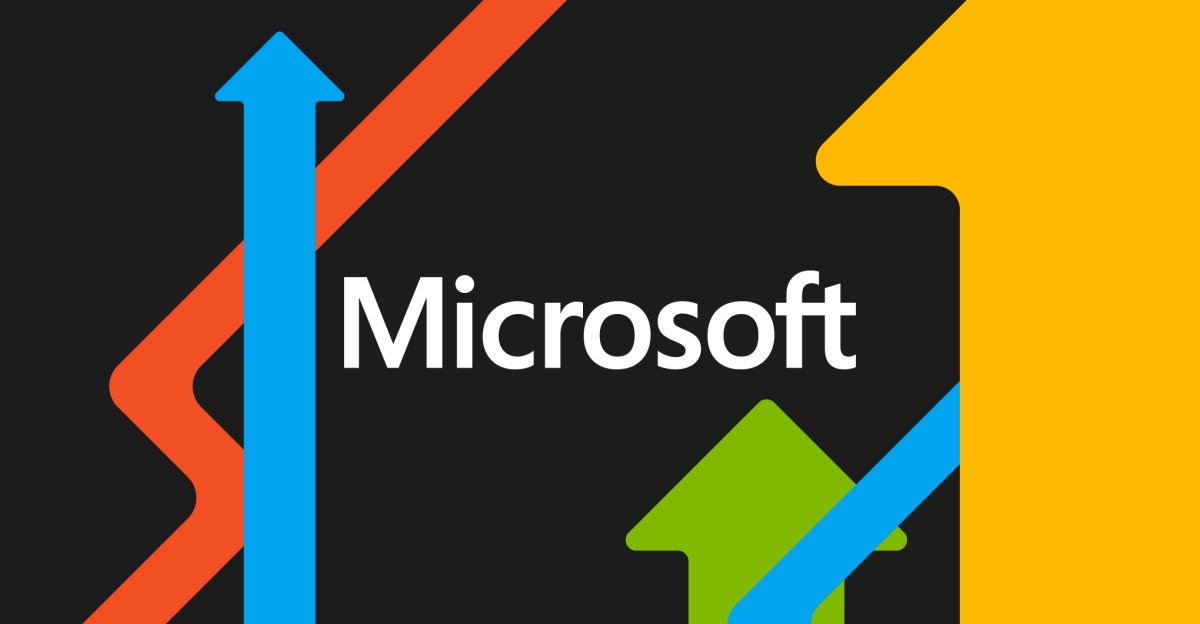Satya Nadella: DeepSeek Sets a New Standard for Microsoft’s AI Achievement

Microsoft’s AI Strategies and the Rise of DeepSeek
Early Steps into AI Deployment
Satya Nadella, the CEO of Microsoft, demonstrated a keen foresight by quickly implementing DeepSeek’s R1 on Azure back in January. This move suggests that Microsoft is setting a new standard within its artificial intelligence initiatives. During a recent town hall meeting, Nadella, along with his leadership team, elaborated on the company’s substantial $80 billion investment in AI. They addressed employee inquiries regarding the financial implications of such immense spending and its connection to Microsoft’s efforts towards carbon neutrality.
DeepSeek’s Innovations
DeepSeek garnered attention for its specialized work aiming to enhance efficiency in AI model computing. The team accomplished this by optimizing operations at a low level beneath Nvidia’s CUDA layer through architectural updates. DeepSeek’s achievements stood out due to its effectiveness in using pretrained models, achieved with a compact team of only about 200 individuals.
Nadella expressed admiration for DeepSeek’s collaborative spirit, stating, “It’s astonishing what 200 people can achieve when unified towards a common goal.” He highlighted the significance of turning innovative ideas not just into research or open-source projects, but into successful products that can compete in the market, as exemplified by DeepSeek’s launch, which reached the top position in the App Store.
Comparisons with Copilot
While the success of DeepSeek is commendable, Microsoft’s Copilot has yet to replicate this kind of popularity. Despite Microsoft’s investment in OpenAI technologies, Copilot is mostly missing from the top positions in app rankings, often falling outside the top 100 despite extensive marketing efforts, including a prominent Super Bowl advertisement and a refreshing redesign featuring new voice and vision capabilities.
To improve Copilot’s standing, Microsoft has introduced its own AI model named Muse. This model is developed based on the gaming experience of the Xbox title "Bleeding Edge," and aims to assist developers in creating and adapting games for contemporary platforms.
Developing New Features
Nadella shared his vision for Muse, emphasizing the importance of foundational research and its translation into revolutionary features within Copilot. Upcoming enhancements will include interactive AI experiences, potentially increasing Copilot’s appeal compared to competitors like ChatGPT, which is currently favored for its advanced image generation capabilities.
The Importance of Agility
In the competitive landscape of AI technology, agility is essential. Microsoft is striving to emulate the rapid innovation demonstrated by smaller teams such as DeepSeek. Jay Parikh, who leads Microsoft’s CoreAI engineering group, reflected on the need to streamline internal collaboration to better harness innovative solutions.
Parikh, newly onboarded at Microsoft, is focusing on reforming the engineering processes akin to his previous achievements at Meta. He emphasized the lesson learned from DeepSeek’s speed, highlighting the impressive pace of innovation coming from smaller teams worldwide.
Infrastructure Investments
In parallel with AI development, Microsoft is committing $80 billion towards enhancing its data center infrastructures. This significant investment is crucial for supporting expanding AI workloads. Questions arose among employees regarding the sustainability of this massive expenditure, to which Nadella assured that it aligns with Microsoft’s goal of restructuring engineering efforts to emphasize an AI-focused application stack.
In Nadella’s view, future workloads are expected to mirror the complexities seen in AI-driven systems like ChatGPT, demonstrating the interdependence of AI capabilities with Azure’s computational and storage resources.
Sustainability Goals Amidst Technological Growth
Five years ago, Microsoft committed to becoming carbon negative by 2030, an ambitious target that has garnered attention. Recent expansions into AI technologies have heightened concerns about their impact on the company’s environmental goals. Brad Smith, Microsoft’s Vice Chair and President, acknowledged this challenge, admitting that the scale of their target has increased significantly.
Instead of stepping back from this commitment, the company is doubling down on efforts to achieve their carbon-negative status, including harnessing 34 gigawatts of carbon-free energy across 24 countries. Smith believes that AI itself could play a crucial role in driving the innovations needed to combat these challenges.
Navigating Industry Changes
Microsoft is also adjusting its strategy in response to potential market fluctuations, particularly real estate investments in data centers. Analysts have pointed out a looming risk of oversupply concerning data center facilities due to inflated demands from AI technologies.
Amidst these shifts, the focus remains on ensuring that the $80 billion investment translates into real benefits for customers. Amy Hood, Microsoft’s CFO, pointed out the necessity of providing value to customers, emphasizing that the success of their spending will hinge on delivering innovative solutions that meet customer needs effectively.
Evolving Marketplace Engagement
Lastly, collaborations among industry leaders, including Microsoft and other major developers, are underway to enhance game accessibility features for an inclusive gaming experience. This dedication to inclusivity showcases the wider social responsibilities technology companies are now addressing, reflecting changes in market and consumer expectations.
As these developments unfold, the implications of Microsoft’s choices in innovation, investment, and sustainability are poised to be significant factors in shaping the future landscape of technology.






